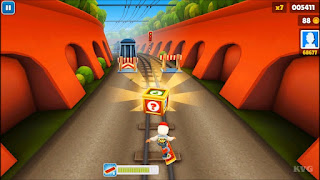Games MDA
The MDA framework is an approach to understanding games by bridging the gap between game design, game development and technical game research. The intention of this methodology is to make the study and design of different games a clearer and stronger process. It was introduced and taught at the game design and tuning workshop at the Game Developers Conference between 2001-04.
You should be working towards a final framework from the start of development, this is because seemingly small decisions you make early on can make a big difference to your end product. In MDA the mechanics are the components of the game decided and designed by the developer, these could be as simple as running and jumping or as detailed as a gun swaying as you aim down your sights. The dynamics are the different behaviors that emerge from the combinations of your game mechanics, an example of this could be drawn from monopoly, two mechanics in monopoly are moving spaces and buying properties, this leads to the game dynamic of territorial acquisition. The aesthetics are the emotional responses that the game evokes in its players. These responses can be taken from 8 different types of fun, these include feelings of joy, stress and fear, immersion in a fantasy world, investing in narrative, being given challenges, completing tasks in a team, exploring and discovering new things and investing time and effort in order to get a satisfying end product.
The only aspect of MDA that you have control over are the mechanics. Taking all this into account you must first set out goals for the aesthetics or overall feeling/mood of your game and then decide on game dynamics that can support this aesthetic, then implementing the correct game mechanics to achieve your goals.
https://www.cs.northwestern.edu/~hunicke/MDA.pdf
https://tudublin-my.sharepoint.com/:b:/g/personal/shaun_ferns_tudublin_ie/EeLYPZeH5kZFsv8Z1oAJBlkB7R7Oe2q_Nxn7WELzfStrqA?e=t9dgQU
https://youtu.be/NxiGduvDJ8s




Comments
Post a Comment